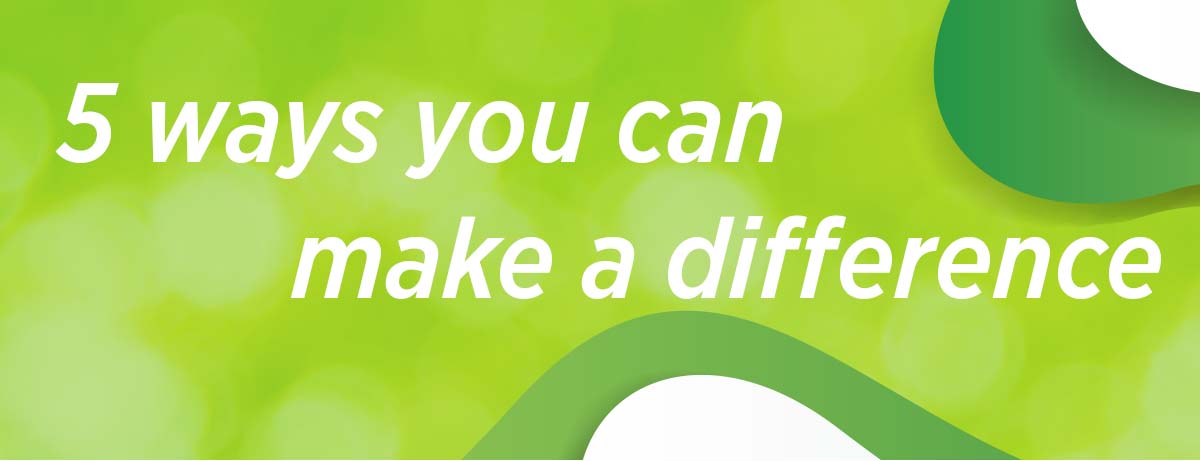
The green movement has been around for decades, yet today it is less about merely conservation and more about an emphasis on science and research – defined and galvanized by issues like global warming and climate change, wetlands preservation, species extinction and other important environmental concerns.
Adopting and implementing socially responsible practices can actually drive growth and profitability in business while promoting a better tomorrow. And the printing industry is no exception. Making the decision to go green in printed materials can positively affect a company in numerous ways including reducing environmental impact, promoting a brand as environmentally friendly and increasing business reputation.
Businesses across all industries are looking for ways to be more sustainable. Not just in their own business practices, but in the companies they source products from and the vendors they work with. It’s not just the right thing to do – it’s good for business. According to a recent study by Forbes, nearly 90% of Gen X consumers said they would be willing to spend an extra ten percent or more for sustainable products, compared to only 34% of them just two years ago. Customers are asking for it – and it is important to them to have a vendor with these options.
Green printing is an environmentally conscious way of producing printed materials while reducing the carbon footprint that it leaves. Printed products like marketing materials, signage and packaging are a natural place to look for eco-friendlier options. But what makes one printed product “greener” than another? Products printed on recycled paper are usually the first to come to mind; however, there are several other factors to consider when trying to reduce environmental impact. Below, we share five solid and sometimes surprising ways to print greener.
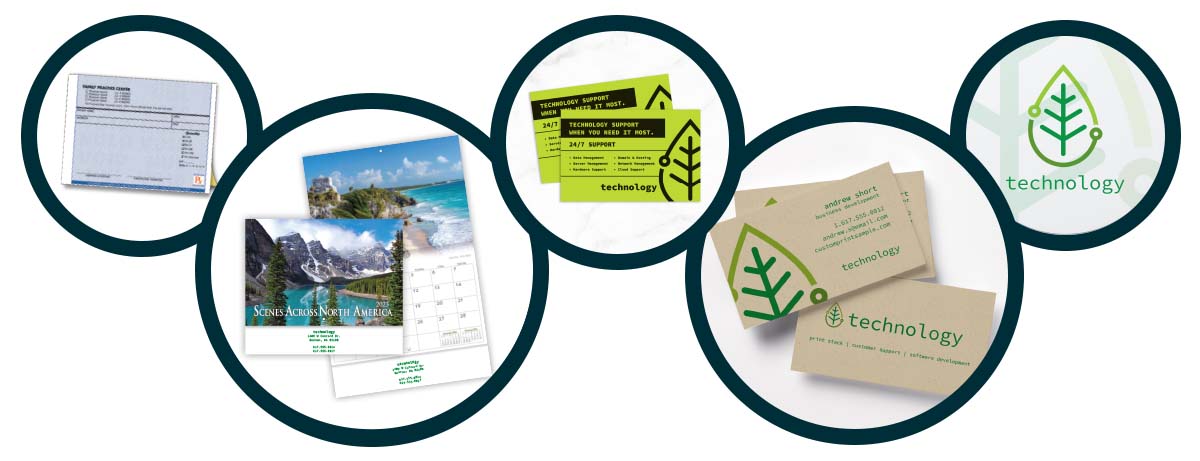
Sustainably Sourced
Using sustainably-sourced materials in the manufacturing process means the materials are grown and manufactured in ways that use fewer natural resources, respect nature and people, and ensure the welfare of those resources throughout the supply chain. They provide an opportunity to lessen the environmental impact of daily operations without the added costs of post-consumer materials.
Recycled Content
Printing on recycled paper is the most visible and commonly-recognized method used to reduce the environmental impact in printing. Recycled paper can contain pre-consumer (manufacturing) or post-consumer waste (PCW). The paper is typically identified by the percentage of recycled content, and is available in a wide range of weights, colors and finishes.
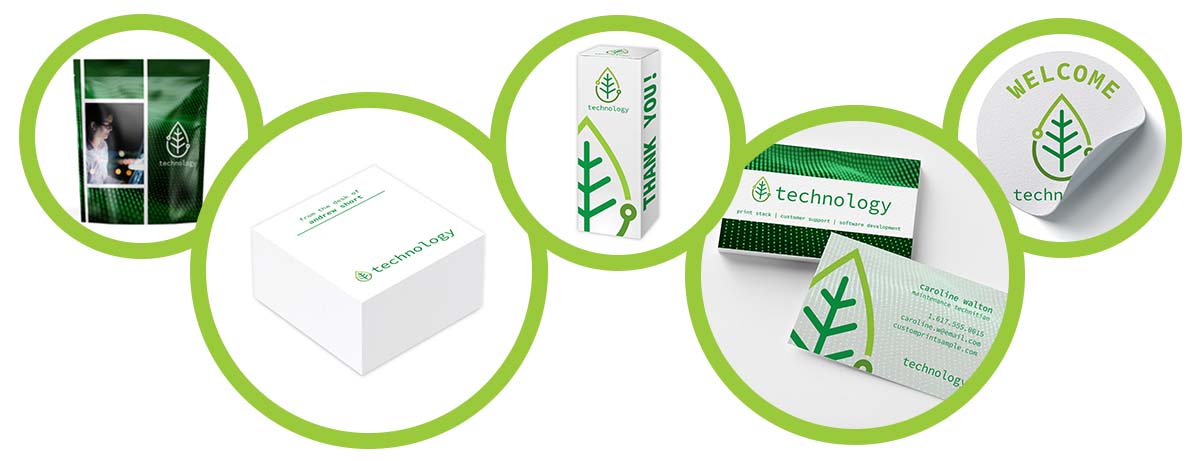
Eco-friendly Manufacturing
The production, conversion and finishing processes used to create printed products provide plenty of opportunities to reduce environmental impact. Print methods in the past used solvent-based cleaners, petroleum-based inks and produced massive amounts of waste. Today, greener production methods have significantly reduced the environmental impact of printing – from eco-friendlier inks and coatings, to reduced energy consumption and waste disposal.
Reusable Items
Printed products that are used multiple times can be environmentally friendlier than single-use products. Although some durable products may require more energy or resources to produce initially, each re-use reduces the impact of the single-use product going through the manufacturing process and entering the waste stream. Many of these products can be used hundreds of times before needing replacement.
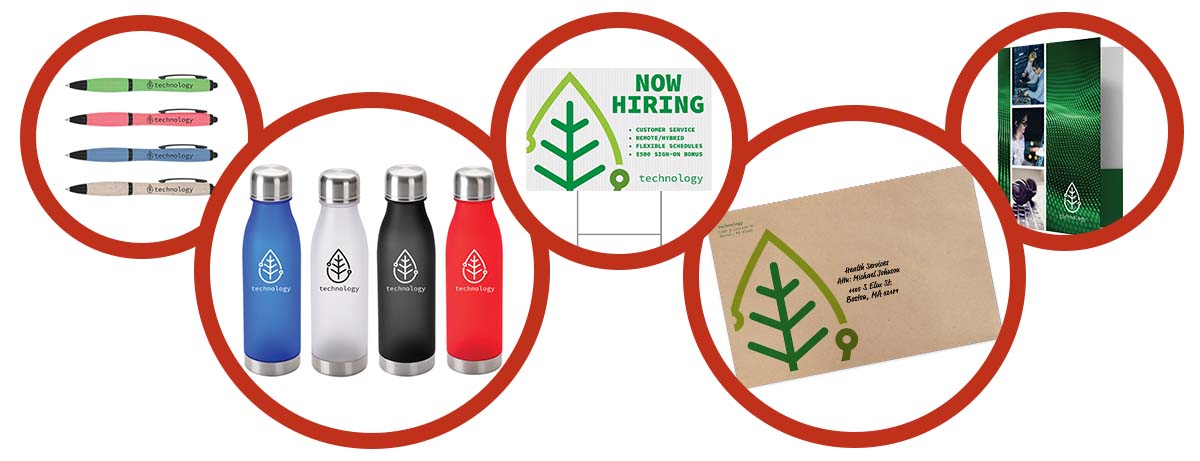
Recyclable & Degradable Materials
The overfilling of landfills has become a major concern for many areas of our country and world, as the amount of trash continues to grow faster than it can decompose. Recycling products printed on substrates such as cardboard, paper, and plastic can cut the size of our landfills in half. Use printable statements to encourage recycling and show your commitment to the environment.
We provide recommendations and links to our top five products in each of the above categories on our Greener Landing Page.
“We don’t have to engage in grand, heroic actions to participate in change. Small acts, when multiplied by millions of people, can transform the world.” Howard Zinn
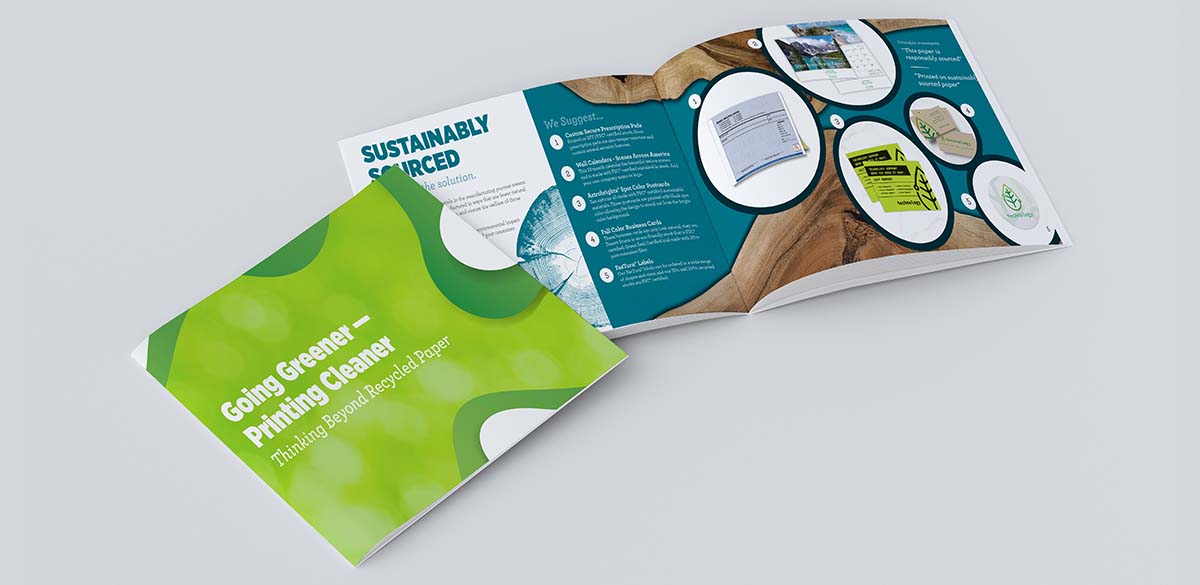
In Summary
It is up to each and every one of us to start with the small acts in order to really make a difference. To learn more about Printing Greener, please follow the links to informative and engaging content including the recording from our most recent webinar “Going Greener – Printing Cleaner”, the webinar deck, and our Going Greener – Printing Cleaner booklet that you can easily share with your customers.